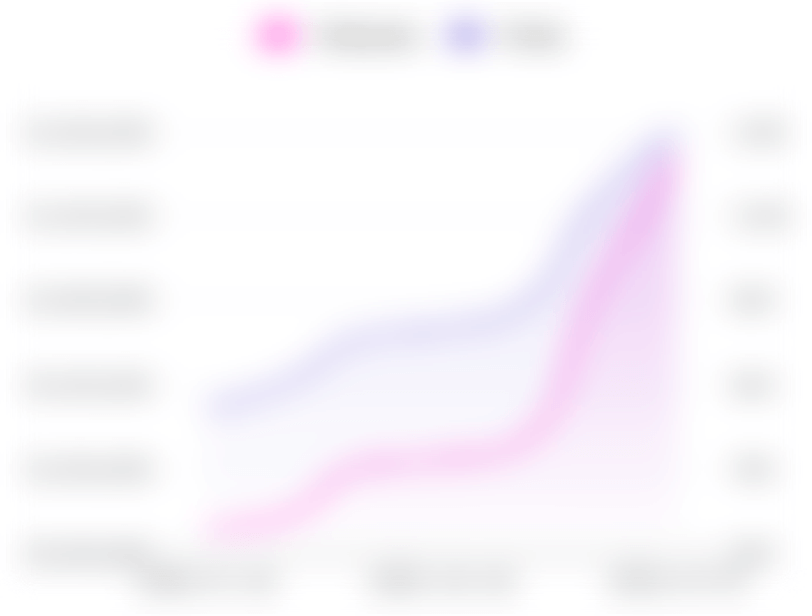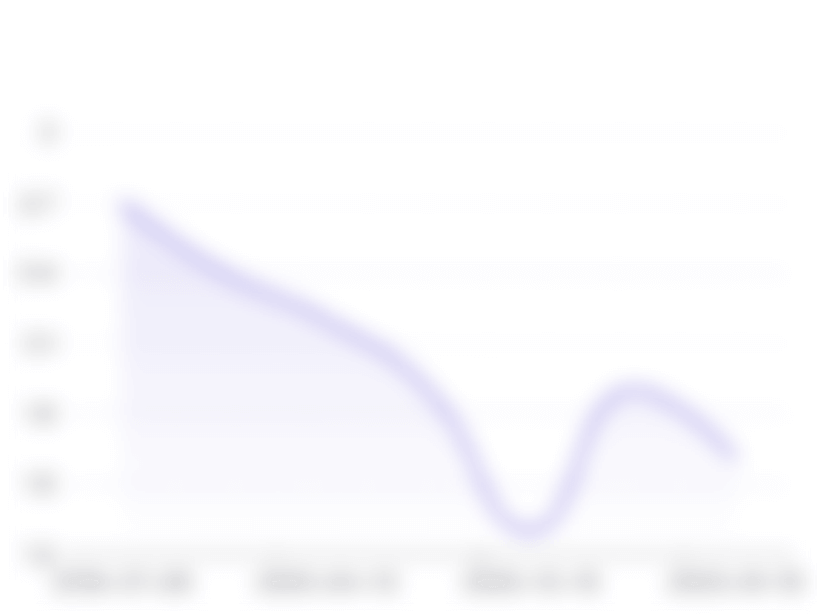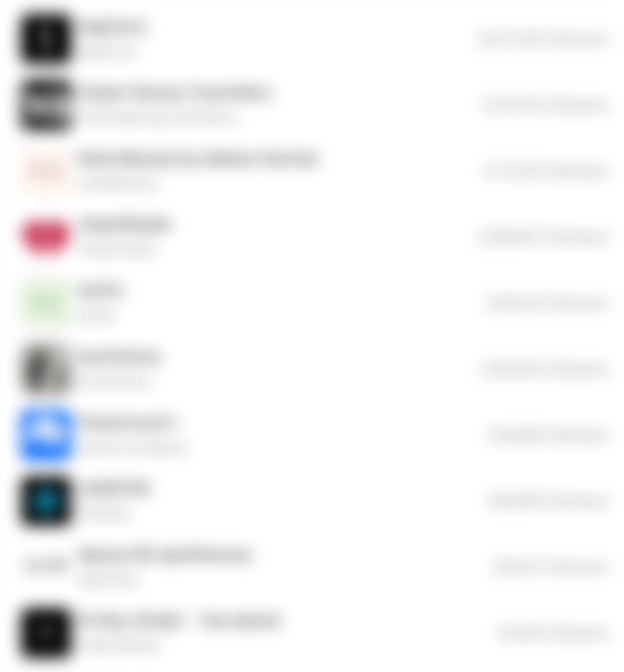




Kenzi Shiokava
June 3 - July 15, 2023
-% trong số những người theo dõi của @nonakahillgallery là nữ và -% là nam. Tỉ lệ tương tác trung bình trên các bài đăng là khoảng 1.56%. Số lượng like trung bình mỗi bài đăng là 394 và số lượng bình luận trung bình là 8.
@nonakahillgallery thích đăng vềNghệ thuật và Thủ công.

25,720
Người theo dõi

1.56%
Tỷ lệ tương tác

402
Tương tác trên mỗi bài đăng
394
Lượt thích trung bình mỗi bài đăng
8
Bình luận trung bình mỗi bài đăng

1,167,554
Xếp hạng toàn cầu

266,914
Xếp hạng theo quốc gia

-
Xếp hạng theo danh mục
Giới tính của khán giả

Nhóm độ tuổi quản trị
Sở thích

Tài khoản tương tự







Bài đăng gần đây
* Bản quyền: Người tạo nội dung là chủ sở hữu bản quyền mặc định. Thông tin này bao gồm hình ảnh, văn bản, video, bài đăng và hồ sơ được xuất bản trên các miền công cộng và mạng xã hội tương ứng để công chúng xem.
Câu hỏi thường gặp: Thống kê và Insights Instagram cho @nonakahillgallery
Làm thế nào để truy cập thống kê số liệu và phân tích Instagram cho @nonakahillgallery?
StarNgage cung cấp báo cáo phân tích toàn diện cung cấp các chỉ số chính và thông tin phân tích để bạn hiểu rõ về @nonakahillgallery. Bạn có thể khám phá các khía cạnh khác nhau, bao gồm số liệu về người theo dõi của Instagram, chẳng hạn như xu hướng tăng trưởng của người theo dõi và bài đăng, Tỉ lệ Tương tác và xu hướng tăng trưởng của nó. Bên cạnh đó, bạn có thể truy cập thông tin về số lượng like và bình luận trung bình mỗi bài đăng, thông tin về độ tuổi, giới tính, vị trí và sở thích của người theo dõi hoặc đối tác của bạn, dữ liệu sự hảo tấn nhãn hiệu, những tài khoản tương tự và những bài đăng mới nhất.
Hiện tại số lượng người theo dõi của @nonakahillgallery trên Instagram là bao nhiêu?
Tính đến lần cập nhật gần nhất, @nonakahillgallery đã có 25,720 người theo dõi trên Instagram.
Thông tin và phân tích nào được bao gồm trong báo cáo đầy đủ cho @nonakahillgallery trên Instagram?
Báo cáo phân tích toàn diện của chúng tôi về Instagram cung cấp thông tin tổng quan về @nonakahillgallery trên Instagram. Báo cáo này bao gồm thông tin chi tiết về tăng trưởng số người theo dõi theo thời gian, các số liệu tương tác và tần suất đăng bình quân, cả theo tuần và theo tháng. Để truy cập vào báo cáo chi tiết này, bạn vui lòng đăng ký và tạo tài khoản mới trên StarNgage hoặc đăng nhập vào tài khoản hiện có của bạn.
Tôi có thể theo dõi Tỷ lệ Tương tác của @nonakahillgallery trên Instagram đã thay đổi như thế nào không?
Có, các công cụ phân tích của StarNgage cho phép bạn theo dõi sự phát triển của Tỷ lệ Tương tác của @nonakahillgallery theo thời gian trên Instagram. Dữ liệu này giúp bạn đánh giá hiệu quả của các chiến lược tương tác của @nonakahillgallery.
Làm thế nào để hiểu được đối tượng của @nonakahillgallery trên Instagram?
Hiểu rõ về đối tượng của @nonakahillgallery trên Instagram có thể rất có giá trị. Điều này giúp bạn điều chỉnh nội dung người ảnh hưởng và các chiến lược tiếp thị của bạn để phù hợp hơn với người theo dõi của @nonakahillgallery, vì bạn sẽ có thông tin về độ tuổi, giới tính, vị trí và sở thích của họ.
Làm thế nào để tận dụng dữ liệu sự hảo tấn nhãn hiệu để cải thiện chiến lược tiếp thị của tôi trên Instagram với @nonakahillgallery?
Dữ liệu sự hảo tấn nhãn hiệu là một công cụ mạnh mẽ để hiểu rõ người theo dõi quan tâm đến các nhãn hiệu hoặc sản phẩm nào nhất. Thông tin này có thể hướng dẫn bạn trong việc hợp tác nội dung và đối tác trên Instagram, nâng cao sự tương tác của bạn với khán giả mục tiêu.






















